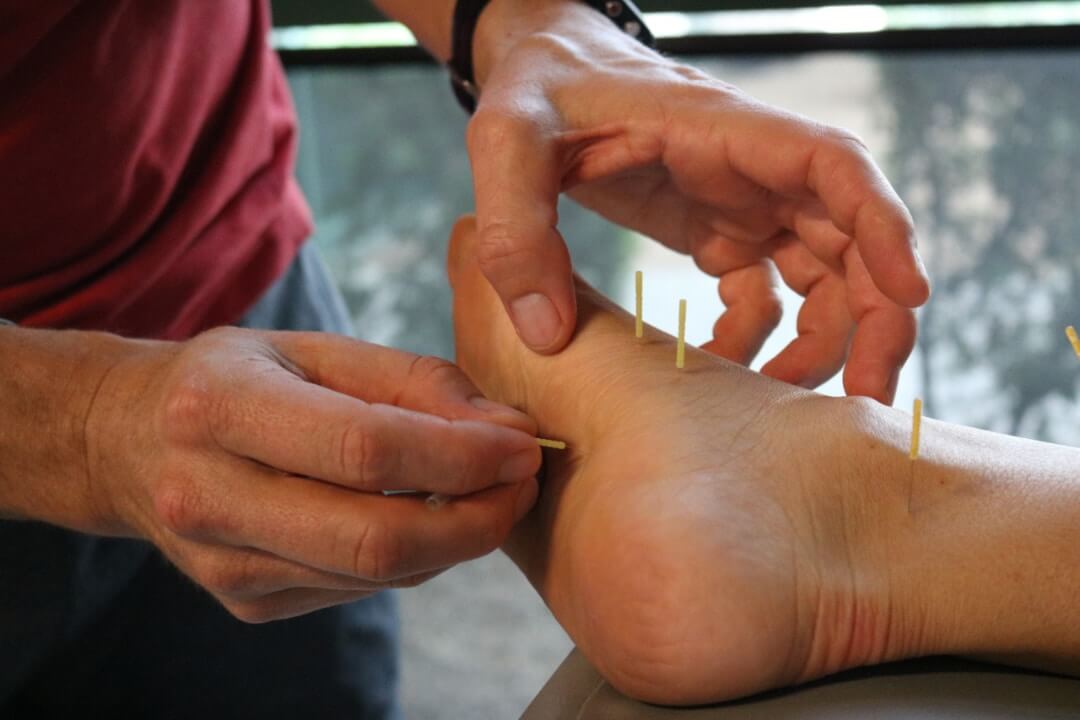Have you ever heard the terms concentric and eccentric used to describe a movement or exercise? Both are types of isotonic muscle contractions, which are contractions where the tension of the muscle remains relatively the same while the length of the muscle changes. Concentric contractions are when the muscle shortens, while eccentric contractions are when the muscle lengthens. A simple example of these contractions can be seen in the performance of a bicep curl. When bringing the dumbbell up and performing the curl, the bicep is shortening, making it a concentric contraction. After performing the curl, when the elbow is being straightened and the dumbbell is being put down, the muscle is lengthening, making this portion of the movement eccentric.
Concentric and eccentric contractions occur daily when you are doing everyday tasks like walking, going from sitting to standing, and exercising. However, these types of contractions can be specifically trained as well. Eccentric strengthening is particularly important in the rehabilitation process in helping to improve functioning. Learn more about eccentric strengthening and its benefits below!
What is Eccentric Strengthening?
As mentioned above, eccentric contractions refer to a muscle being under tension as it lengthens. This occurs when there is an outside force being placed on the body that is greater than the force being generated by the muscle. Eccentric contractions are associated with lowering movements and slower movements/movements where a decrease in acceleration is occurring. Lowering down into a squat, slowing down after a sprint, and walking down stairs are all examples of eccentric movements.
Benefits of Eccentric Strengthening
Eccentric strengthening has numerous benefits including:
- Increased force production and muscle strength gains compared to other types of contractions
- Improved tendon health and increased ability of the tendon to take on heavier loads
- Increased range of motion
- Decreased energy expenditure
- Decreased risk of injury
It should be noted that the one downside of eccentric strengthening is increased muscle soreness due to the increased outside forces placed on the muscles.
Eccentric Training in Physical Therapy
The above-mentioned benefits are what make eccentric strengthening important to include as a part of rehabilitation following injury, especially in treating cases of tendinitis/tendinopathy, post-operative recovery, and muscle strains. Eccentric strengthening of the quadriceps and the calves are particularly common in treatment plans given their role in weight-bearing during activity. Improving muscular strength and control, flexibility, and tolerance of stress at the tendons and joints are all necessary to restore function and return to activity after injury, and eccentric strengthening is an effective way to accomplish them.



